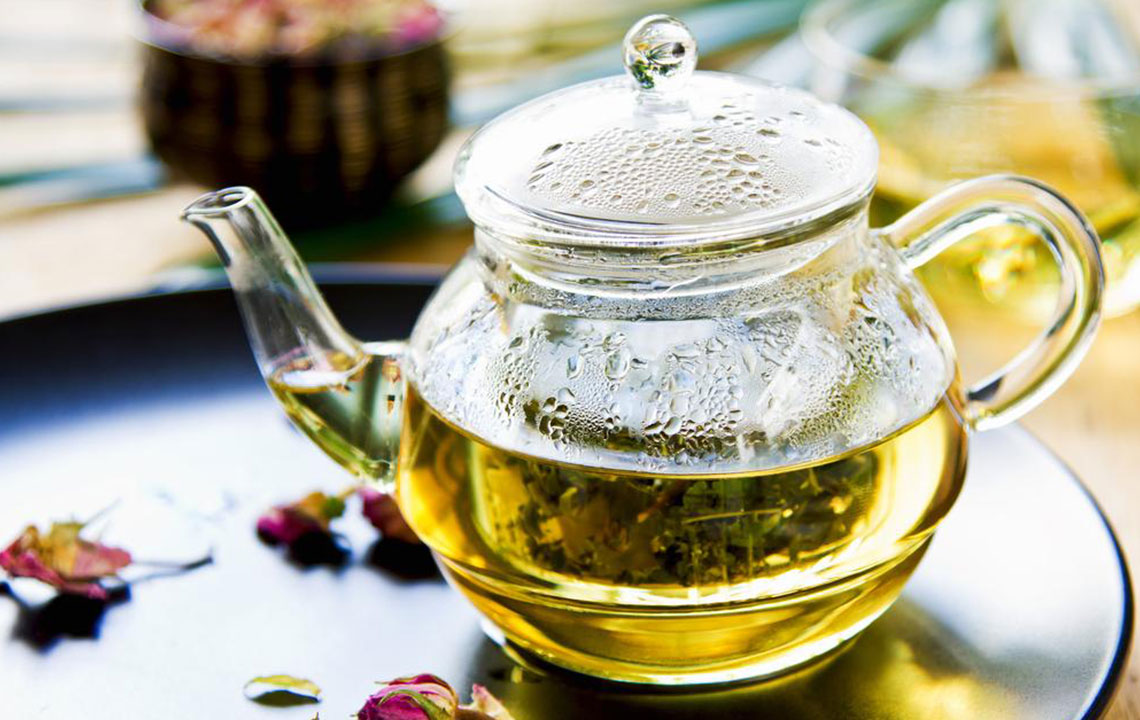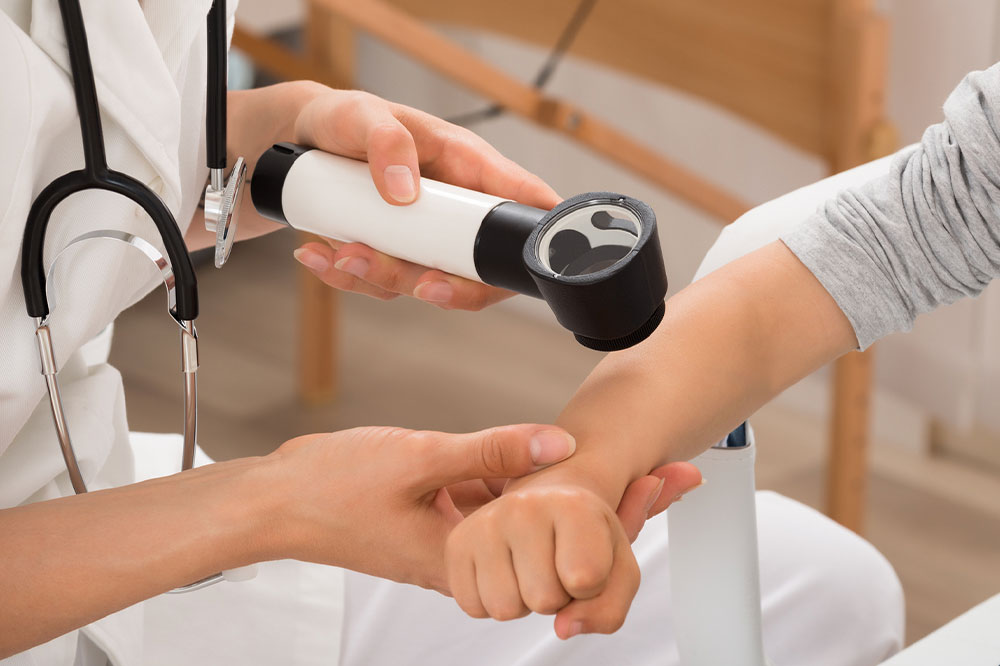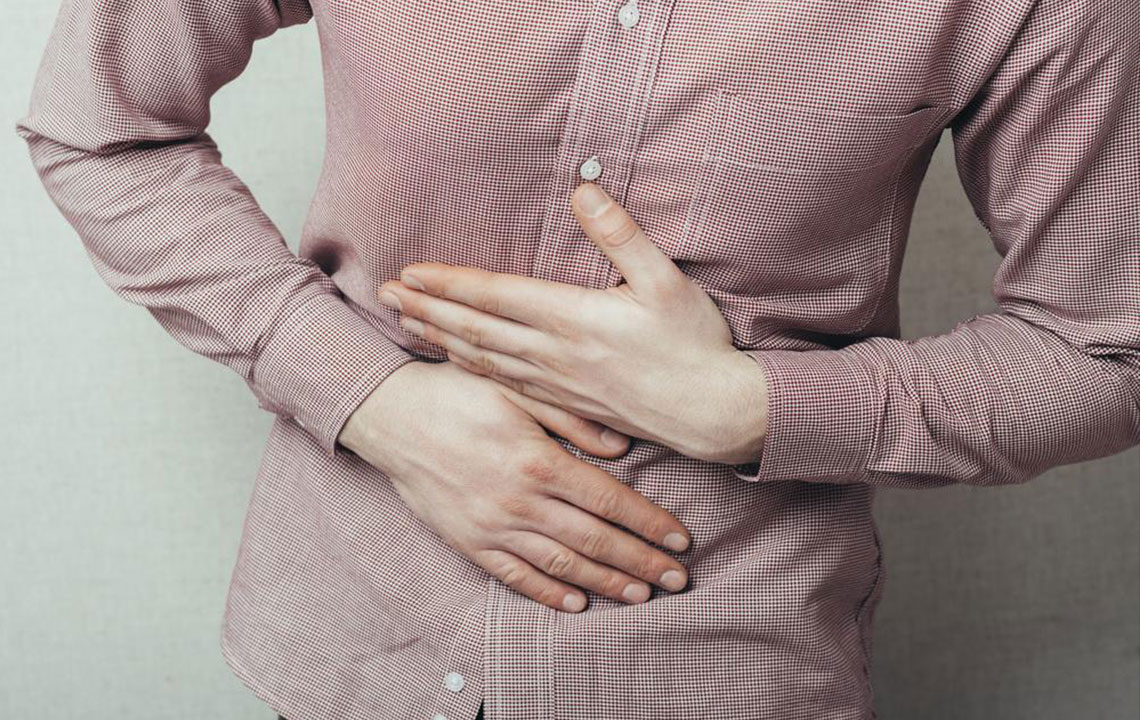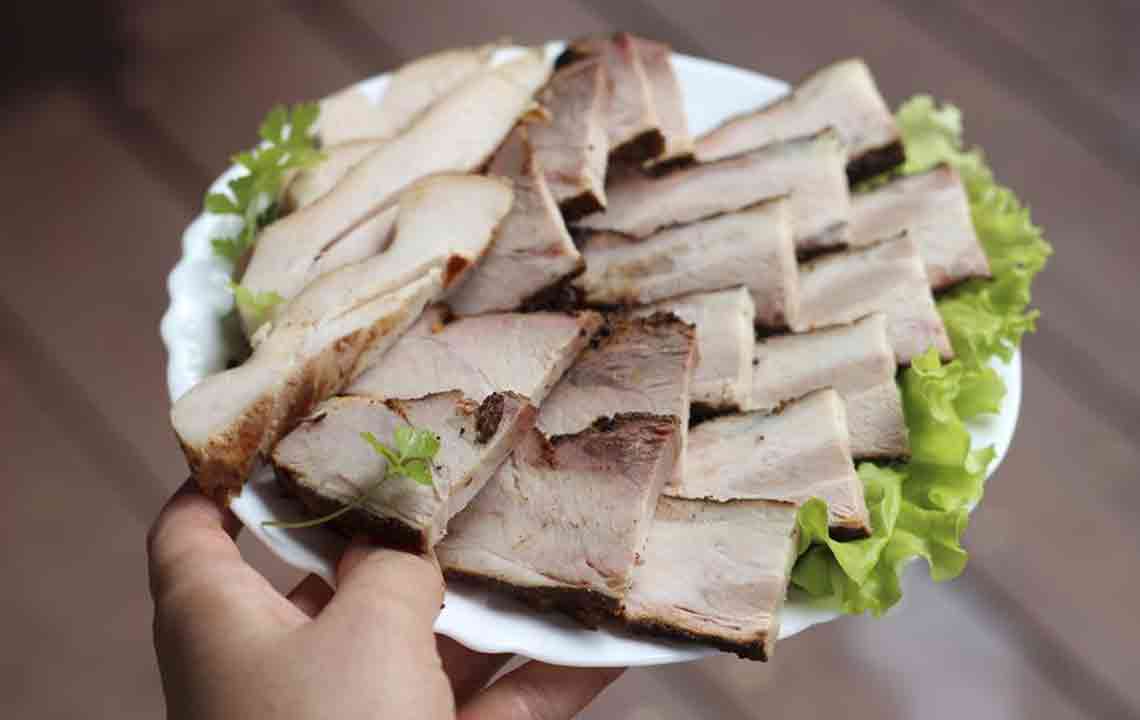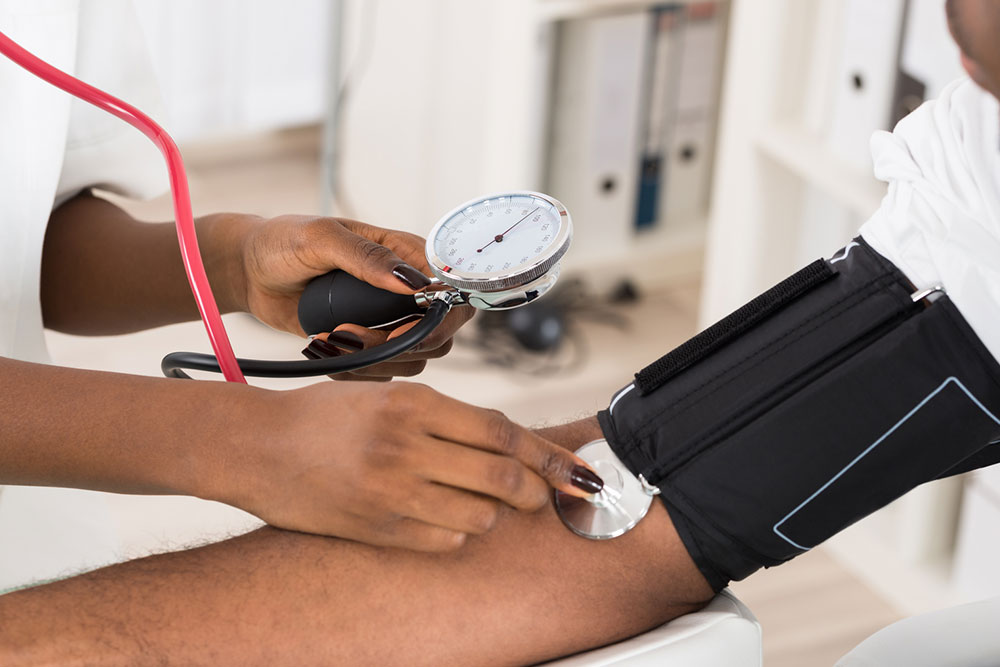Comprehensive Home Remedies for Managing Poison Ivy Skin Reactions
Learn comprehensive home remedies and preventive measures to effectively treat and manage poison ivy reactions. This detailed guide covers natural remedies like cold compresses, lemon juice, witch hazel, aloe vera, oatmeal baths, and OTC treatments, alongside tips for prevention and proper skin care. Whether dealing with mild or severe symptoms, this article offers practical advice to soothe irritation, reduce inflammation, and promote healing. Empower yourself with knowledge to safely navigate poison ivy exposure and keep skin healthy. Perfect for outdoor enthusiasts, gardeners, and anyone at risk of skin allergies from plants.
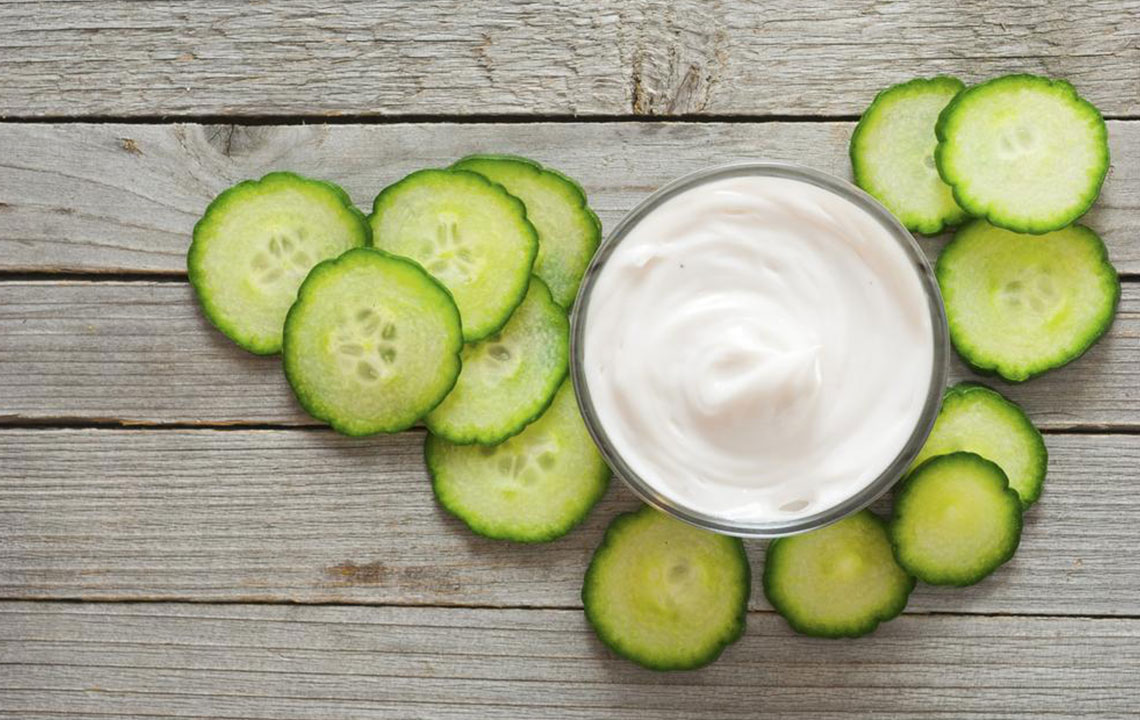
Comprehensive Home Remedies for Managing Poison Ivy Skin Reactions
Experiencing the beauty of nature often involves encountering various plants, some of which can pose health risks. Poison ivy, a widespread plant found in many regions across the United States, is notorious for causing allergic skin reactions upon contact. While exploring outdoor environments or working in the garden, many individuals inadvertently brush against this plant, leading to uncomfortable and sometimes intense skin issues. Understanding how to identify poison ivy and treat its symptoms effectively at home can make a significant difference in recovery and comfort.
Recognizing Poison Ivy Allergic Reactions: Poison ivy exposure often results in symptoms such as redness, swelling, intense itching, and the formation of blisters. The characteristic rash usually appears as streaks or lines on the skin, corresponding to where the plant brushed against the body. In severe cases, the allergic reaction may extend beyond skin irritation, leading to symptoms like difficulty breathing or swelling of the throat, especially if the exposure was extensive or involved sensitive areas.
Understanding Urushiol and Its Role in Allergic Reactions: The primary culprit behind poison ivy’s allergic reactions is urushiol, an oily resin present throughout the plant, including the roots, stems, and leaves. Upon contact, urushiol penetrates the skin and triggers an immune response, resulting in the characteristic rash and itching. Recognizing this connection is essential for prompt and effective treatment, as removing or neutralizing urushiol can significantly reduce the severity of the reaction.
Fortunately, there are numerous natural and accessible remedies to alleviate the discomfort caused by poison ivy. These remedies are particularly useful for mild to moderate reactions and can often be employed at home without the need for prescription medications. By understanding these treatment options, individuals can manage symptoms efficiently, prevent secondary infections caused by scratching, and promote faster healing.
Effective Home Treatments for Poison Ivy Reactions
Applying immediate home remedies after exposure can prevent the escalation of symptoms and facilitate speedy relief. Here are some proven methods and natural remedies to combat poison ivy skin reactions effectively:
Cold Compresses: One of the simplest and most effective ways to relieve itchiness and reduce swelling is to apply a cold compress or ice pack wrapped in a cloth. This method helps numb the skin, decrease inflammation, and prevent scratching that can worsen the rash or cause infection. Using cold compresses for 10-15 minutes every few hours provides soothing relief and can prevent further skin damage.
Lemon Juice: Known for its natural astringent properties, fresh lemon juice can help neutralize urushiol quickly if applied immediately after contact. Gently dabbing lemon juice on the affected area can neutralize the allergen, reducing the severity of the rash. However, since citrus can irritate sensitive skin, it’s advisable to do a patch test beforehand and avoid using lemon if the skin is already inflamed or broken.
Witch Hazel: This plant extract is well-regarded for its anti-inflammatory and skin-soothing properties. Applying witch hazel directly onto the rash with a cotton ball can decrease itching and swelling. Its cooling effect provides instant comfort, and regular use over a few days helps in calming irritated skin.
Rubbing Alcohol: Using isopropyl alcohol immediately after exposure to poison ivy is an effective way to remove urushiol from the skin and prevent absorption. Dabbing the area with rubbing alcohol creates a protective barrier, reducing the likelihood of a severe allergic response. This approach works best if done within minutes of contact.
Aloe Vera Gel: A natural remedy renowned for its skin-healing properties, aloe vera gel provides cooling relief, reduces inflammation, and accelerates healing. Applying fresh aloe vera gel or a store-bought organic gel directly to the rash offers soothing comfort and aids in skin regeneration.
Oatmeal Baths: Colloidal oatmeal is incredibly soothing for inflamed or itchy skin. Adding finely ground oatmeal to a lukewarm bath and soaking for 15-20 minutes helps calm redness, reduce inflammation, and relieve itching. This natural remedy is particularly effective for widespread rashes or intense irritation.
Apple Cider Vinegar: Dabbing apple cider vinegar onto the rash can serve a dual purpose: it acts as an astringent to draw out urushiol and cools inflamed skin. Its antimicrobial properties may also reduce the risk of infection if blisters break open.
Baking Soda Paste: Mixing baking soda with water to form a paste provides an effective way to dry out oozing blisters and soothe irritation. Applying this paste to the affected areas helps reduce inflammation and speeds up the healing process.
Over-the-Counter Remedies: Several over-the-counter products, including calamine lotion, hydrocortisone cream, and zinc oxide ointments, are available to alleviate itching, inflammation, and skin irritation. These treatments are convenient and can be used alongside natural remedies for enhanced relief.
It’s important to remember that while home remedies are effective for mild reactions, more severe symptoms such as extensive swelling, difficulty breathing, or signs of infection require prompt medical attention. Always consult with a healthcare professional if symptoms worsen or if uncertain about the severity of the reaction.
Preventive Measures and When to Seek Medical Help
Preventing poison ivy exposure is the best strategy to avoid allergic reactions altogether. Wearing protective clothing, such as long sleeves, gloves, and pants when working outdoors or in potential poison ivy areas, can significantly reduce contact. Learning to identify poison ivy and avoiding it is critical for outdoor enthusiasts, gardeners, and anyone frequently in nature.
Additionally, cleaning the skin thoroughly with soap and water immediately after suspected contact can help remove urushiol before it penetrates the skin. Washing clothing, footwear, and tools that may have come into contact with poison ivy can prevent accidental re-exposure.
In cases of severe allergic reactions or if symptoms persist for more than a week despite home treatment, seek medical advice promptly. Prescription medications such as corticosteroids or antihistamines might be necessary to control inflammation and allergic responses effectively.
By arming yourself with knowledge and effective home treatments, you can enjoy the outdoors while minimizing the risks associated with poison ivy. Prompt identification and treatment are vital to reducing discomfort and preventing complications.
Additional information on poison ivy management and home remedies can further empower individuals to handle this common plant allergy confidently and safely.